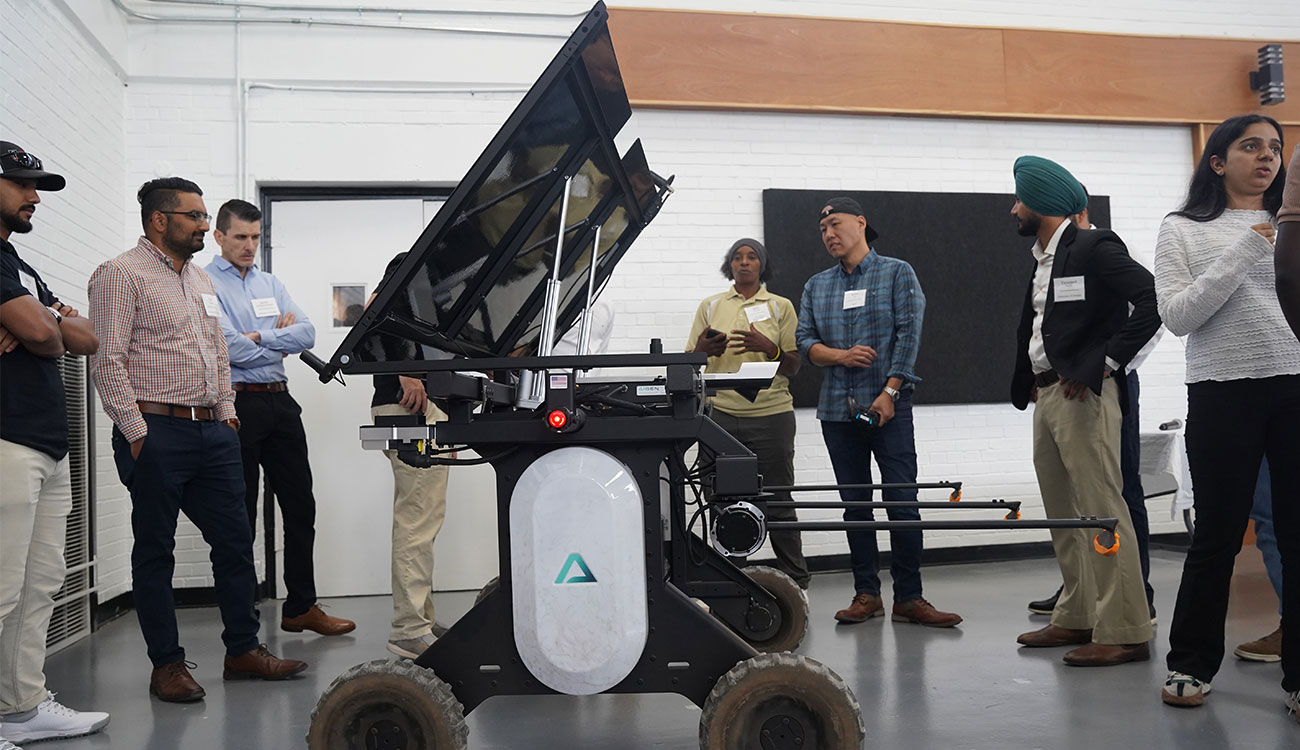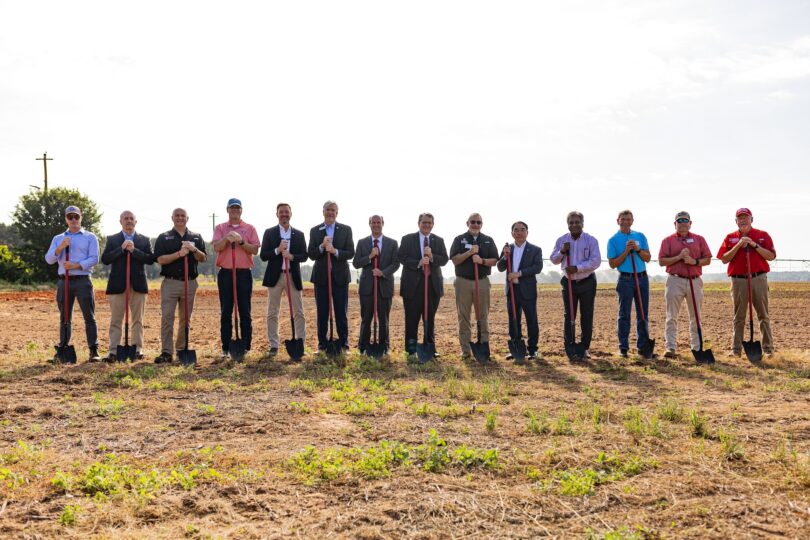You expect nursery residents to get a lot of loving care. But many trees grown in nurseries have a tough time trying to thrive in aboveground pots until they're transplanted into the ground.
A University of Georgia researcher, though, has found how to give these plants that tender, loving care. He puts them back in the ground.
John Ruter, a research horticulturist with the UGA College of Agricultural and Environmental Sciences, has found that a second pot provides something of a security blanket for young trees and shrubs. It protects their roots from both heat and cold.
Ruter said the pot-in-pot system helps nursery producers grow healthier, more vigorous landscape plants.
"(Consumers) are getting a healthier plant, a plant that grows faster and has a better root system," he said. "It's not uncommon to get a 30 percent to 40 percent increase in root growth compared to a plant grown aboveground."
The system uses two black plastic pots -- the kind nursery plants are commonly grown in. Growers set one, called the holder pot, in the ground, then plant the tree or shrub in the second pot and place it into the first.
The pot-in-pot system offers several advantages over traditional single-pot, aboveground nursery operations.
The second pot and surrounding soil insulates the plant's roots from heat -- especially important for Georgia nurseries. In traditional potting systems, Ruter has measured soil temperatures above 130 degrees in the summer.
"On the south and west sides of the containers, there will be almost no roots viable for a couple of inches in," he said. The heat from the sun can literally cook tender young roots.
Another advantage of the underground pot system is stability. Ruter said top-heavy aboveground pots can blow over easily in even light winds. "This system keeps the pots upright, even in heavy winds," he said.
Colquitt County tree grower Melton Mercer said he likes this benefit -- he doesn't have to stake his young trees. And he pointed out yet another plus: pot-in-pot trees and shrubs use less water and fertilizer.
"It takes a lot less water than it would with overhead irrigation," Mercer said.
Ruter agrees. In many cases, the cooler summertime soil around the pot keeps water from evaporating quickly.
When the soil temperature doesn't reach extreme highs, the plant grows more actively and uses fertilizer more efficiently, growing healthier.
Using the pot-in-pot system costs nursery operators three to four times as much to set up as aboveground systems. But Ruter said most can recover their costs in about four years in two ways: water and fertilizer savings and better space use. With the pot-in-pot system, growers can raise up to 3,000 more plants in a 10-acre plot.
"And in the end," Ruter said, "they'll have more and healthier plants for their customers."






